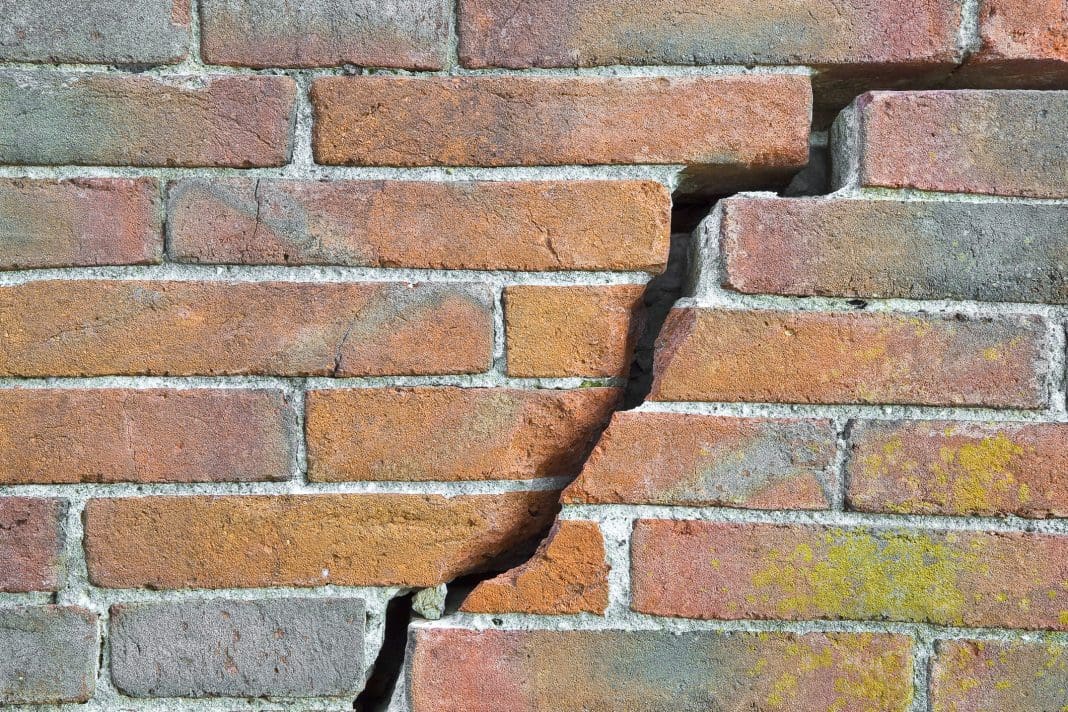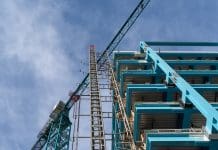New guidance from the Institution of Structural Engineers examines the challenges presented by subsidence. John Patch, chair of the IStructE’s Subsidence Taskgroup explains why better cross-sector collaboration is needed to tackle this costly problem
Subsidence is one of the costliest ground hazards in the UK, with the Association of British Insurers (ABI) recording thousands of annual claims for damage to properties from differential ground movements.
Over the last 20 years, approaches to subsidence, heave and landslip, and the repair of affected buildings have seen sweeping changes due to climate change, the digital revolution and new technologies.
I’ve been working with a wide group of subsidence experts as part of the IStructE’s Taskgroup to publish a new guide, simply called Subsidence.
Here, we’ve examined these changes and associated themes in detail, including:
- The needs of the subsidence industry, regulators and homeowners.
- Approaches to measuring and modelling subsidence risk now and in the future.
- Technologies to reduce the financial, time and environmental costs of claims.
- Research and development needs.
- Cross-sector engagement between players.
Impact of climate change
Hotter, drier summers and warmer, wetter winters mean we can expect increases in properties at risk from ground movement. The hot and dry summers we’ve recently experienced have resulted in subsidence claim “surge years”, especially in parts of the UK where there are shrinkable soils.
The Bank of England now requires lenders to assess the impact of climate change on their property portfolios. Insurance companies ask for access to climate-adjusted subsidence models, and a community of engaged scientists and businesses are developing new ways to address these concerns.
Risk and the rise of data and digital
While trends and patterns are well known to subsidence surveyors and claims handlers, we are seeing an industry that is much more digital and data-intensive, helping to identify subsidence risk areas and manage subsidence claims.
This digital intelligence is essential because subsidence involves lots of players – the homeowner, the insurance industry, mortgage lenders, surveyors, engineers and builders. As such, digital records with robust and shareable data make this process more interconnected and manageable.
Remote imagery, detection and assessments
Physical site visits are undergoing change too. Covid-19 led to more use of remote imagery and virtualisation, with ambitions to continue to reduce the number of site visits by using electronic communication and digital evidence collection. Remote methods can ultimately affect the way that subsidence is managed, both at a risk and claims level.
Although we are some distance from the use of virtual and augmented reality, we see claims handlers embracing this technology for other losses. It is likely that this trend will grow. Afterall, the use of advanced analytics and AI will help experts with their assessments.
There is excitement about the possibilities of remotely sensed data to track seasonal movements of soil and the built environment. Radar-based satellites such as the Sentinel offer a new approach (InSAR) to monitor near real-time ground movements.
New research and techniques
Decades-old subsidence remediation techniques are being reviewed and revised – such as alternatives to the use of carbon-heavy concrete underpinning and tree removal.
Research into trees and soils, aided by new technologies, will lead to a greater understanding into subsidence movement and subsidence-resistant foundation design.
Already we see modern foundation designs that enable tree planting closer to houses. This helps with the greening of the urban environment, unlocking many benefits such as net reductions in carbon and reductions in extreme temperatures. It can also improve air quality and our physical and mental health.
Cross-sector engagement
How subsidence is modelled, mapped, managed, measured and mitigated has to change for the benefit of homeowners, insurers and the environment.
We conclude in our Subsidence guidance that increased sharing of subsidence data, tools and learning can help the construction, insurance and remediation industries to meet the challenges ahead.
Afterall, subsidence is a cross-industry activity, where collaboration between academics, businesses and other specialists outside the subsidence community is essential to the further mitigation of the issue.
John Patch
Chair
Institution of Structural Engineers
Subsidence Taskgroup
Tel: +44 (0)20 7235 4535














